October 29, 2025 - February 22, 2026
At home with Matisse: El legado de una nueva pintura
Caixa Forum, Madrid, Spain
Your shopping cart is empty!
Discover our bestsellers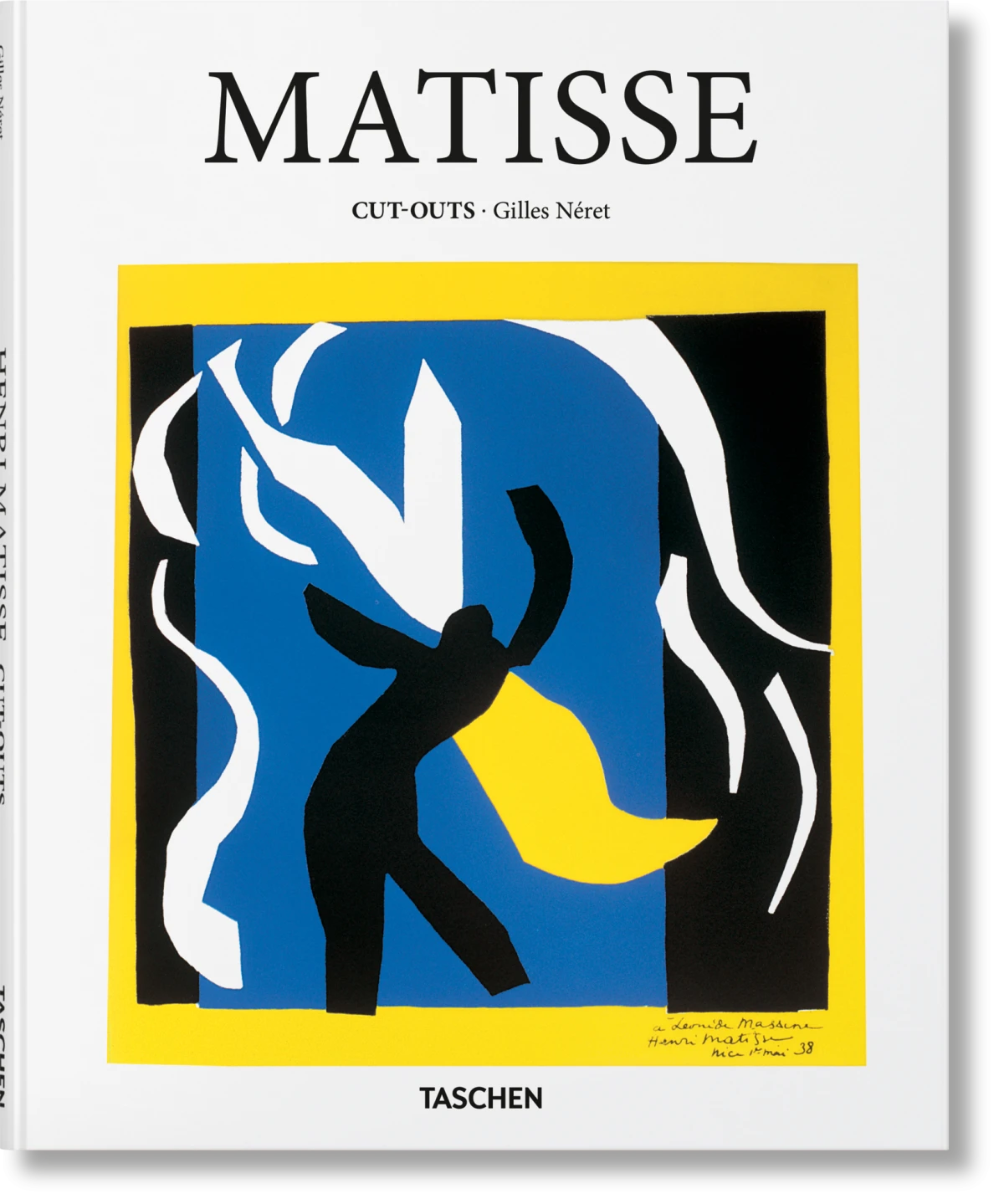
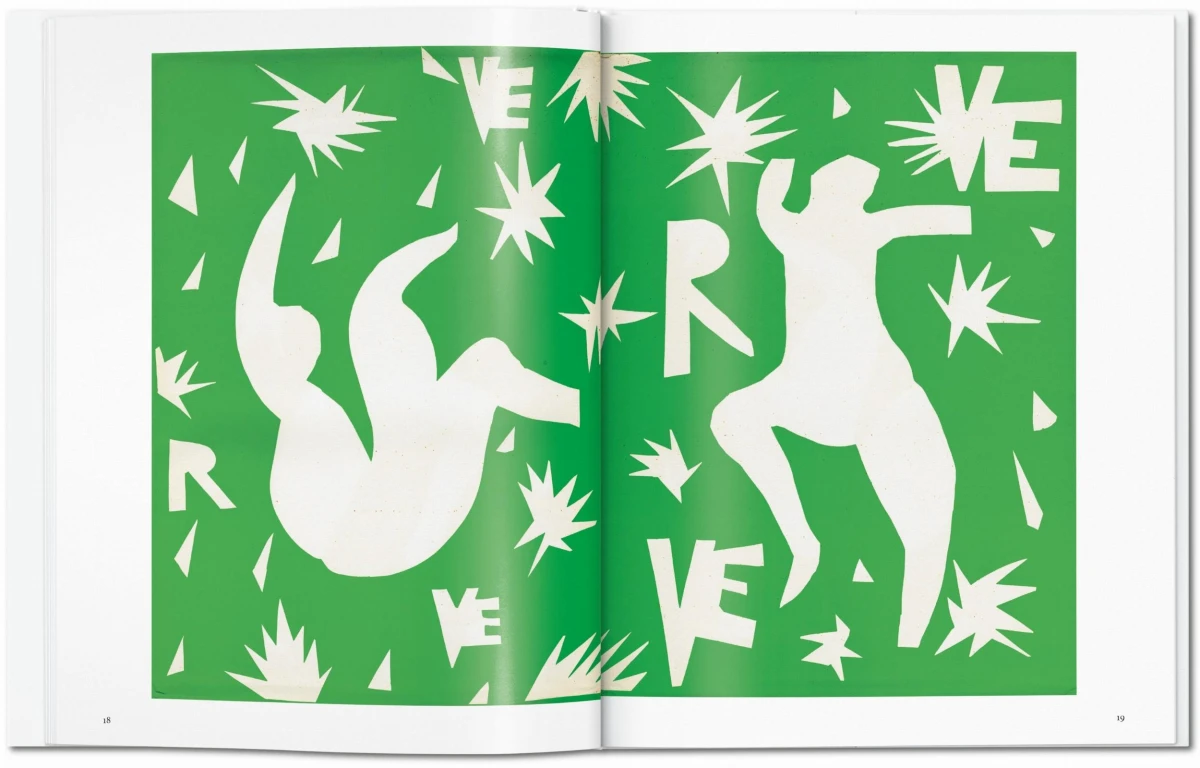
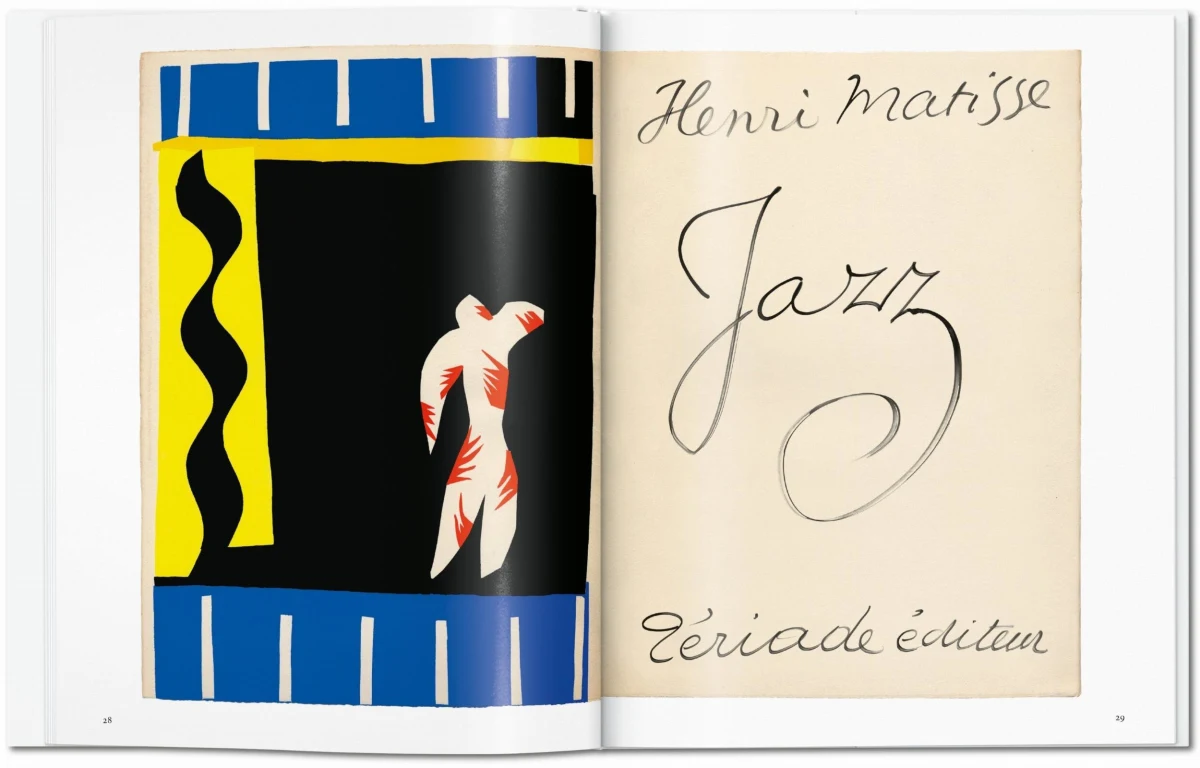
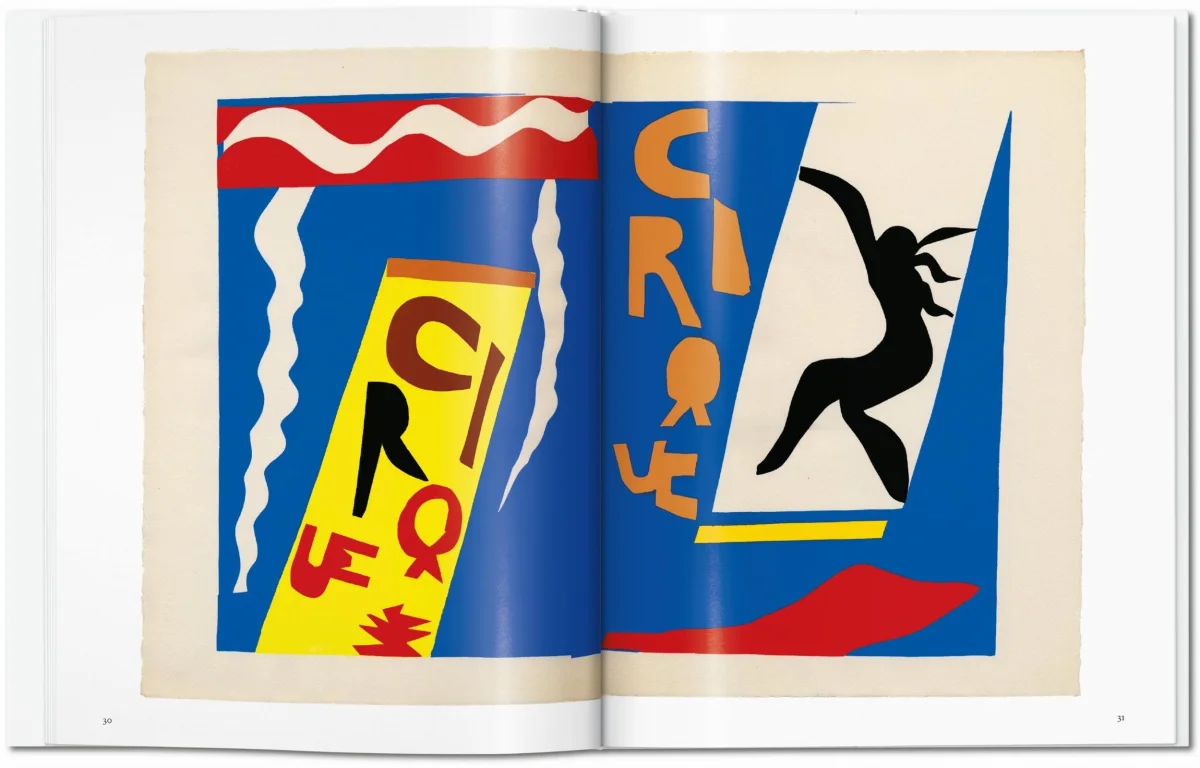
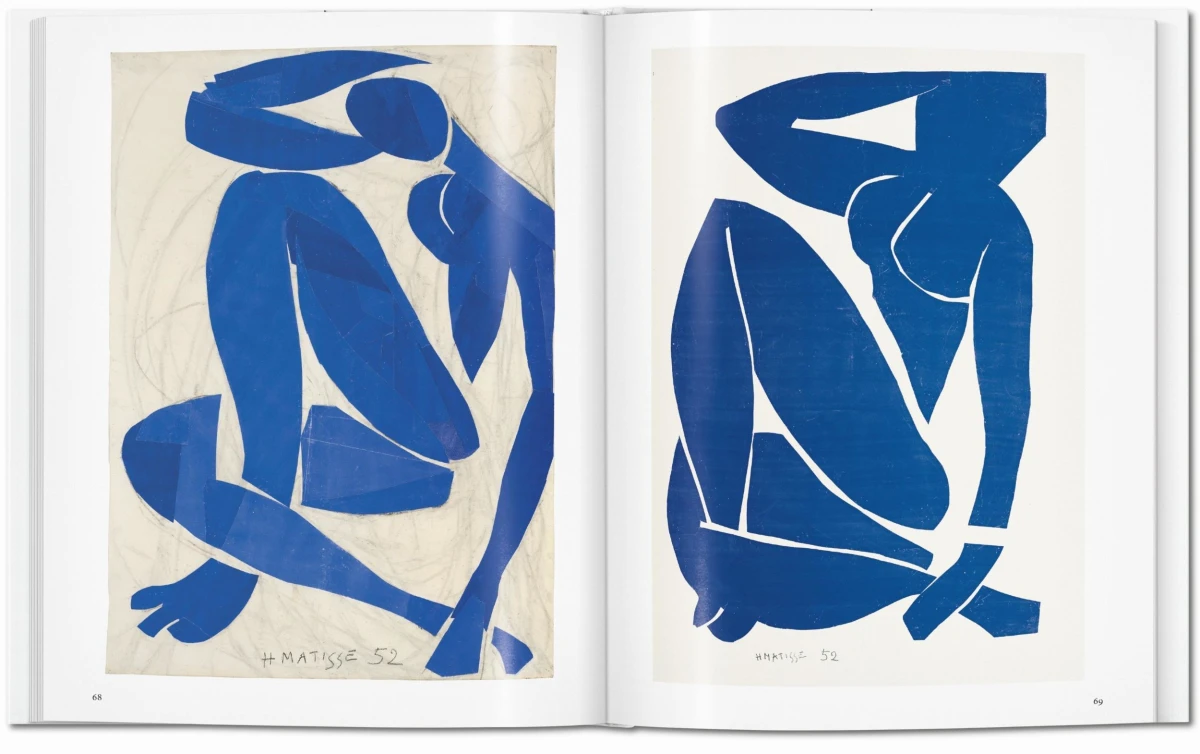
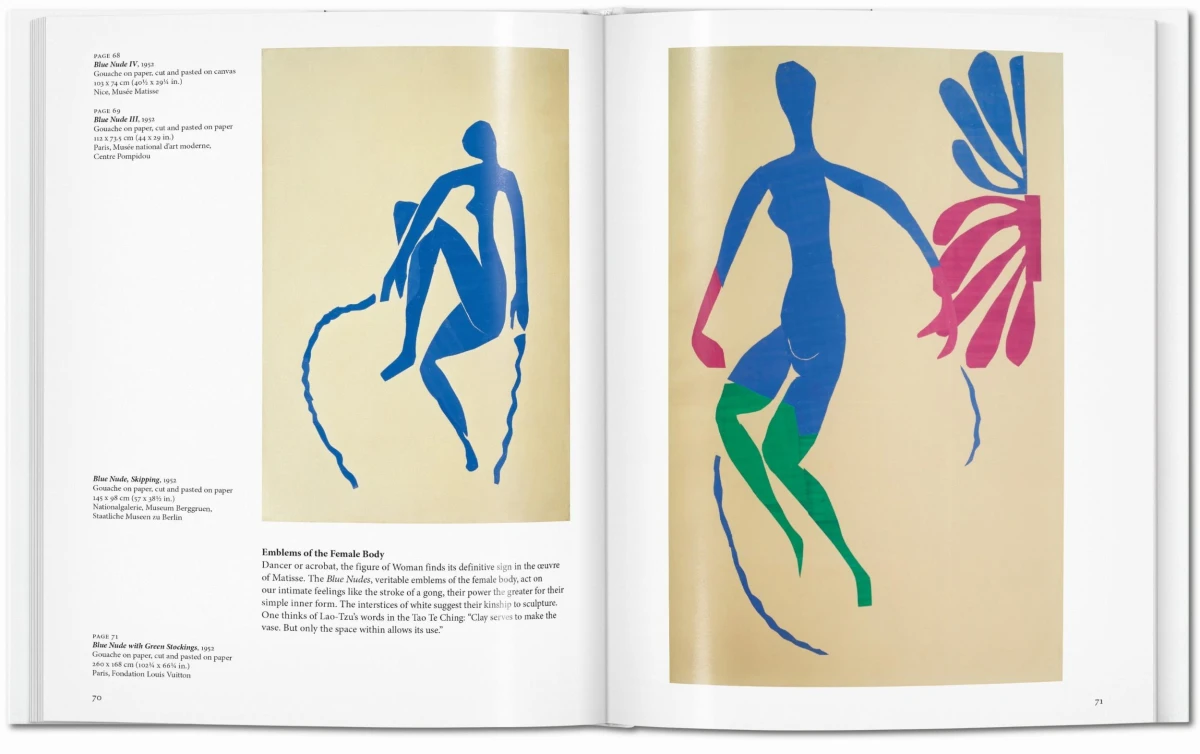
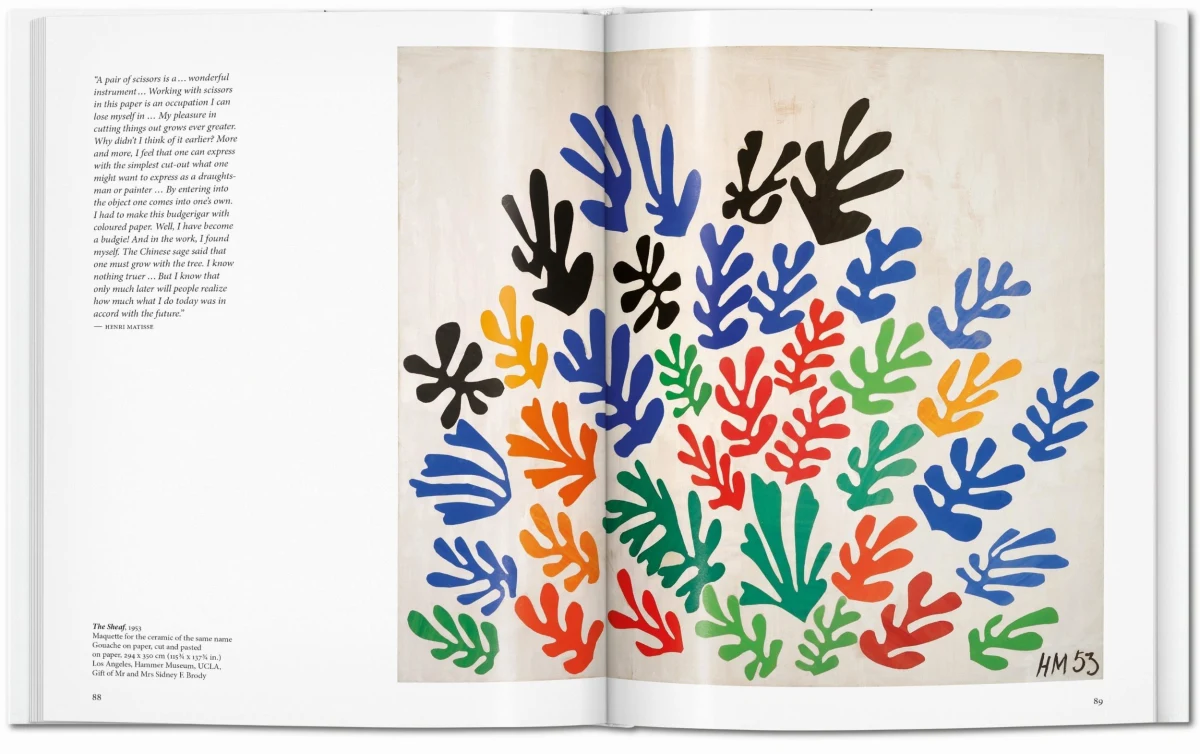

Matisse. Cut-outs
20ISBN 978-3-8365-3427-7
Edition: EnglishOctober 29, 2025 - February 22, 2026
Caixa Forum, Madrid, Spain
March 07 - June 01, 2026
Art Institute of Chicago, Chicago, United States
March 24 - August 02, 2026
Grand Palais, Paris, France
October 11, 2026 - February 10, 2027
Museum Georg Schäfer, Schweinfurt, Germany
Born back in 1985, the Basic Art Series has evolved into the best-selling art book collection ever published. Each book in TASCHEN’s Basic Art series features:
• a detailed chronological summary of the life and oeuvre of the artist, covering his or her cultural and historical importance
• a concise biography
• approximately 100 illustrations with explanatory captions
No reviews have been posted for this item yet. Be the first to rate this product.